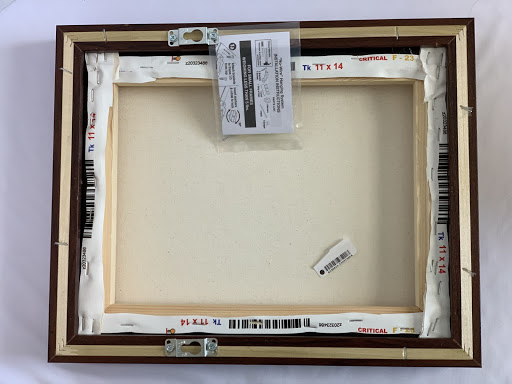Canvas wraps are one of the most popular products and while these products are very similar, they have some very distinct differences! This article will cover the similarities and differences between these products!
Similarities
Both canvas products use artist-grade, OBA-free, poly-cotton blend canvases that are certified museum-grade and are designed to withstand the test of time.
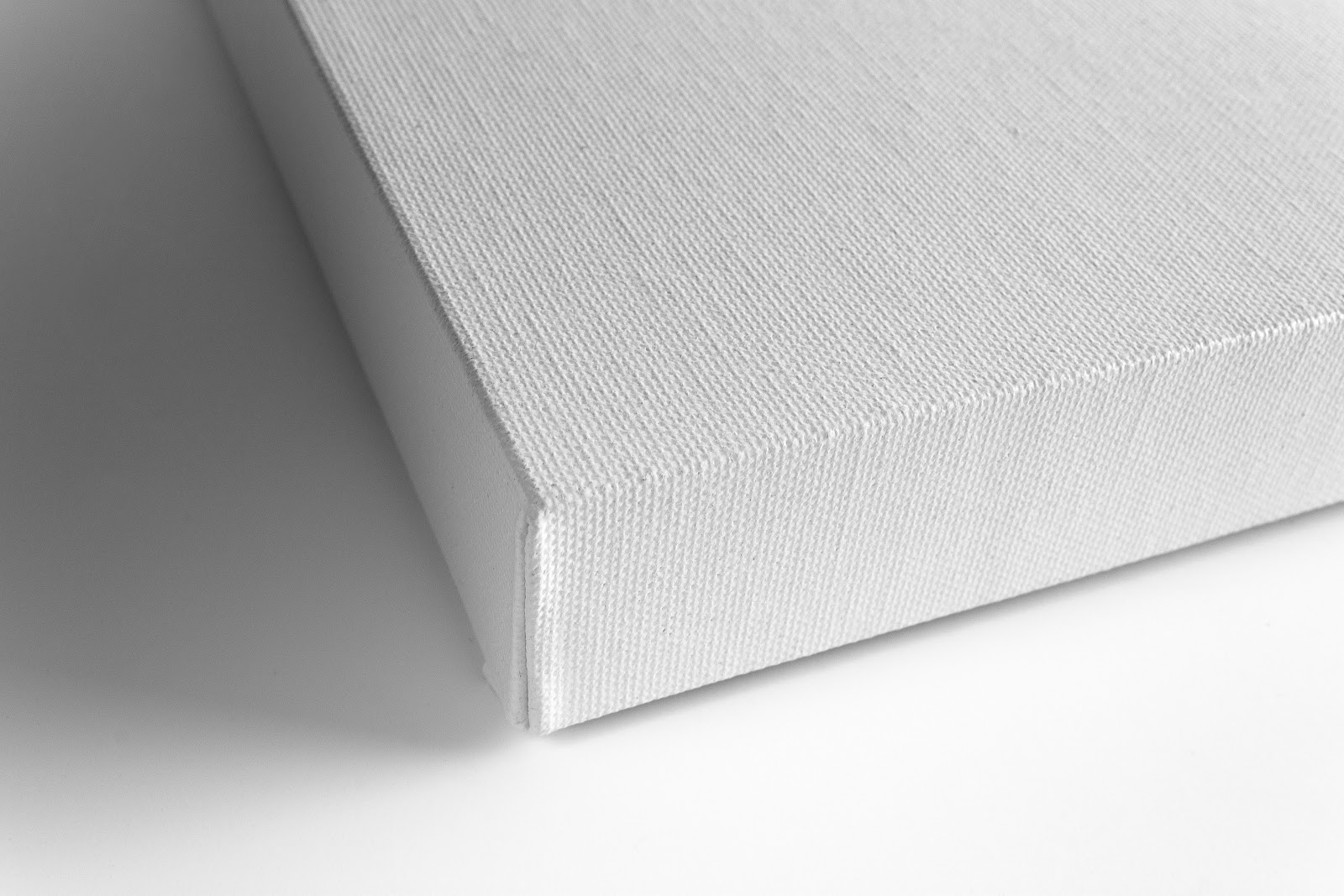
Canvas wraps are hand-stretched in the US and this causes your canvases to be extremely durable and will prevent any warping or sagging. The production process produces extremely tight corners which also prevents bubbles, ripples, or any bumps on your product.
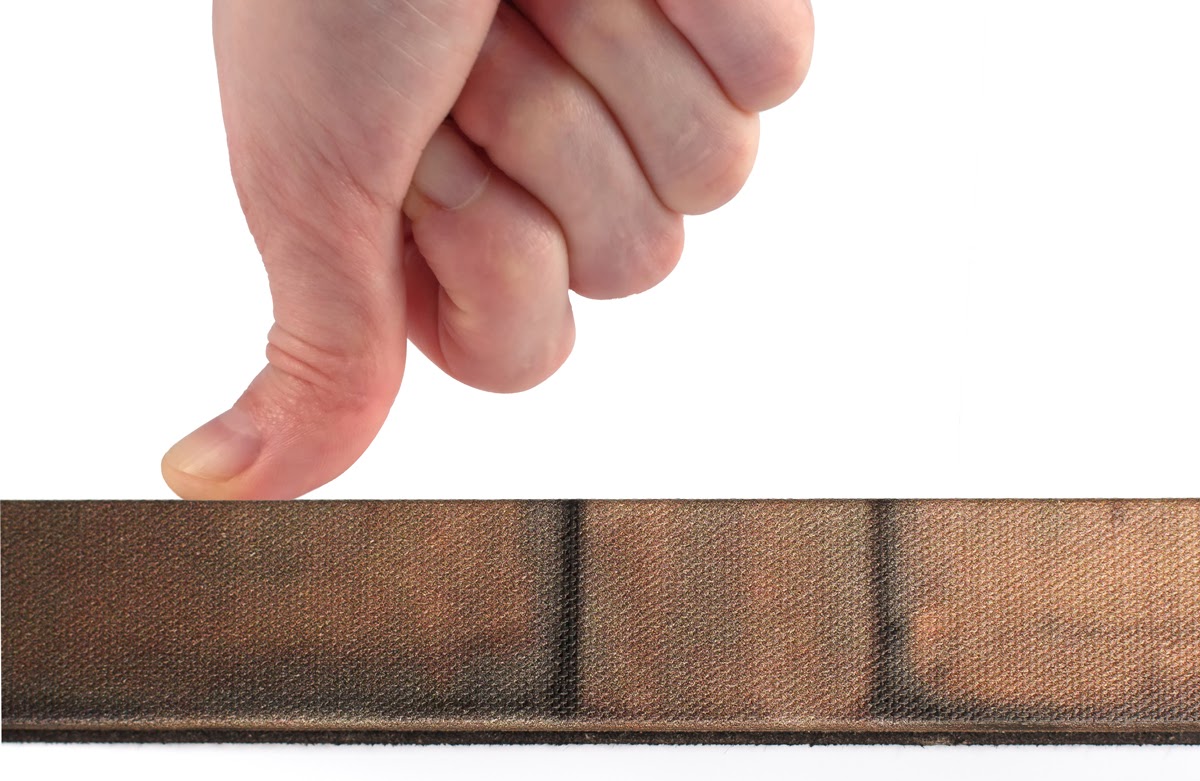
All artwork and designs on your canvas product are printed with precise image clarity and color accuracy. This is done to help prevent any over-saturation or color shifting issues that may occur. Once the artwork and design are printed on your canvas, our vendors use a scratch-resistant UV coating to ensure the integrity of your product.
Differences
Canvas Wraps
All canvas wraps are specifically mounted on hard, high-density wood fiberboard. They are produced on a hard sealed finish backing that prevents dust from entering the canvas and guards the walls against getting scratches when mounted. All canvas sizes that are 16x20 or larger will come with a protective polystyrene foam core to ensure canvas integrity.
The back hardware may differ depending on the region canvas wraps are being shipped to. Also, they come both with a hard sealed finish backing and open backing.
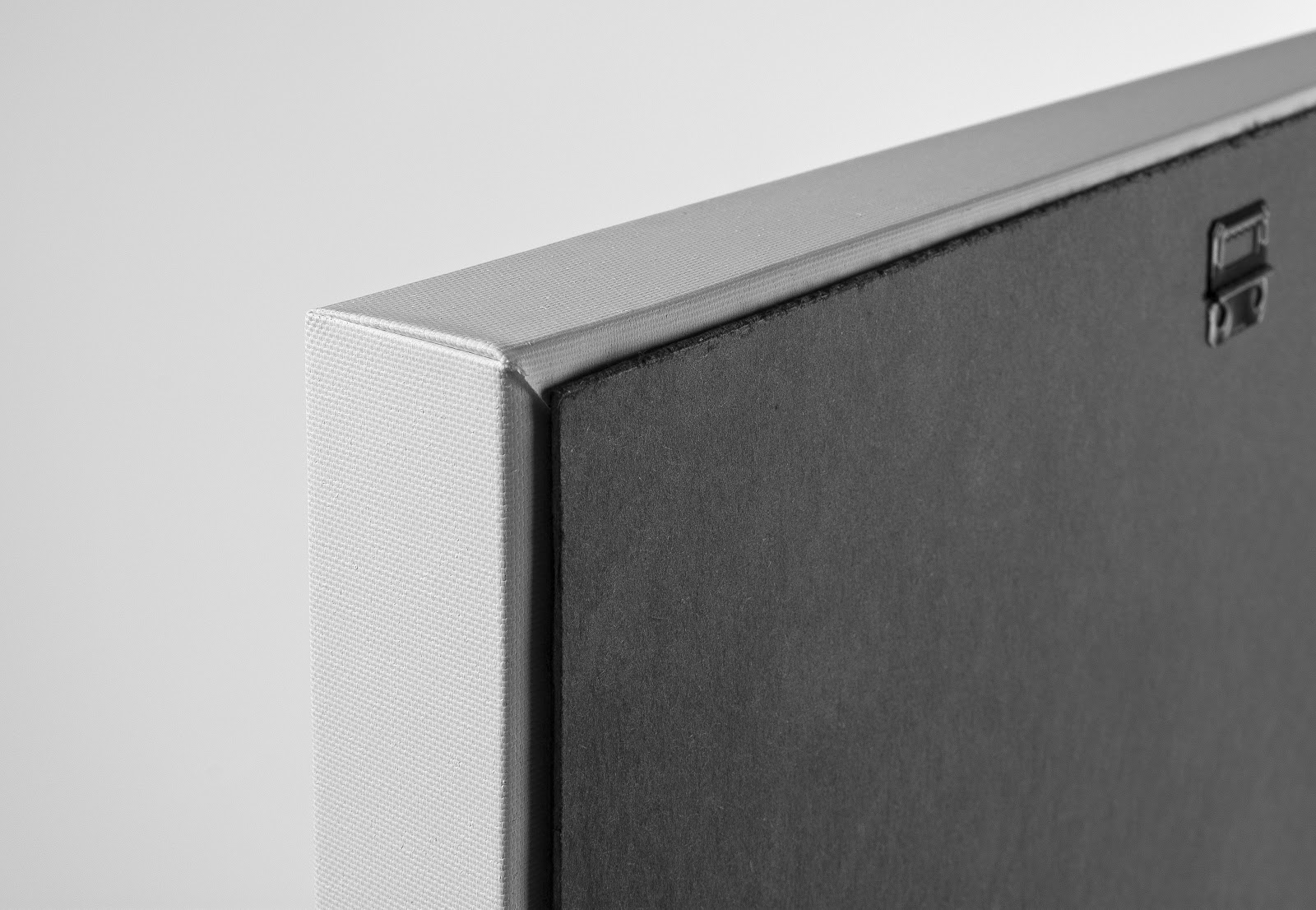
The canvas wraps also come with intuitive hanging hardware that allows you to mount the canvas in either a portrait or landscape orientation.
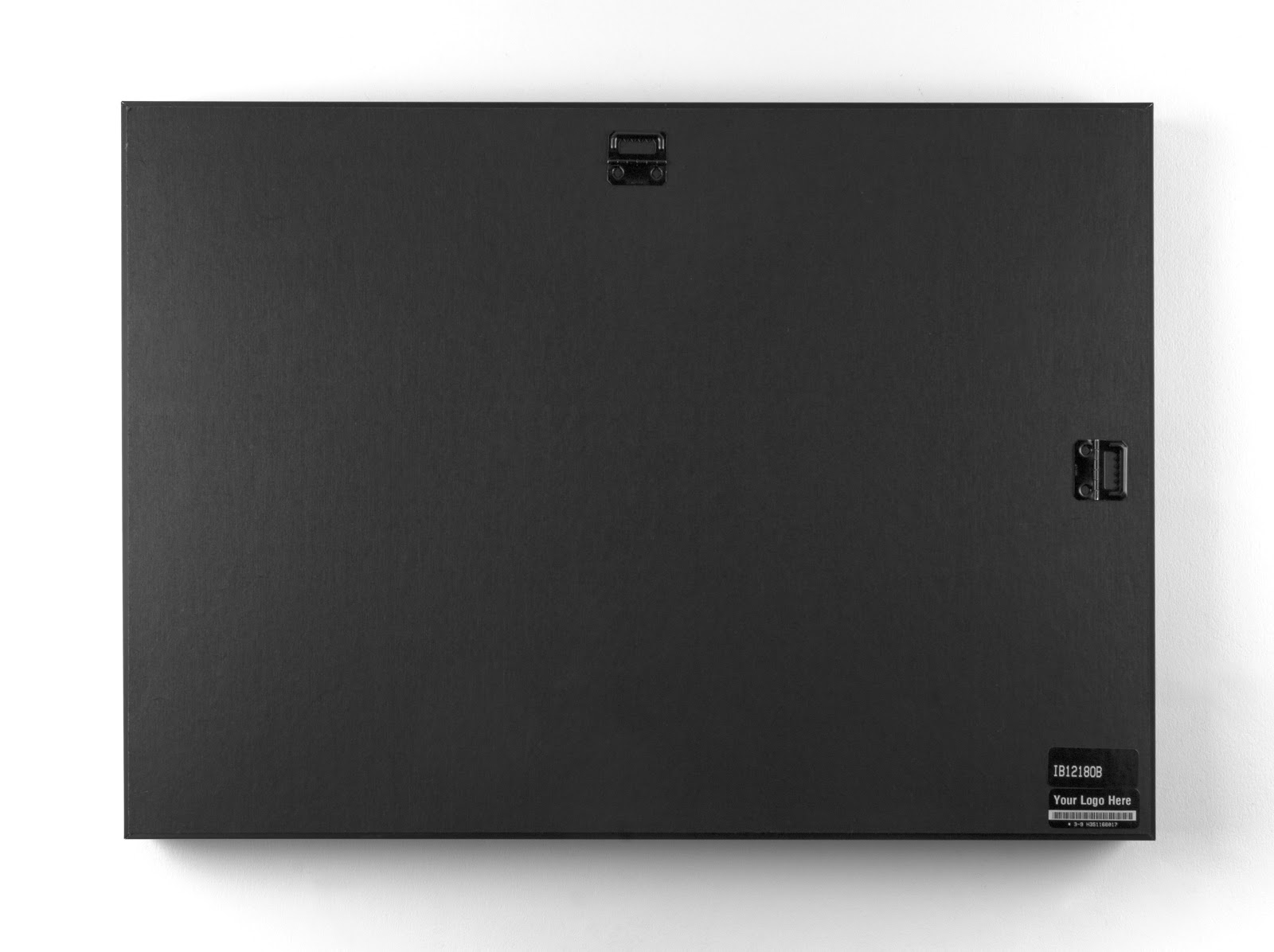
Canvas wraps are available with a 1.25" wrap depth and you have the option of a black, white, or image wrap. The wrap is essentially the area along the sides of the canvas.
- Black wraps use the color black as the base color for the front and side of the canvas.
- White wraps use the color white as the base color for the side of the canvas.
- Image wraps use your uploaded artwork to wrap around the edges of the canvas.
The image below displays is an example of a white wrap on the canvas.
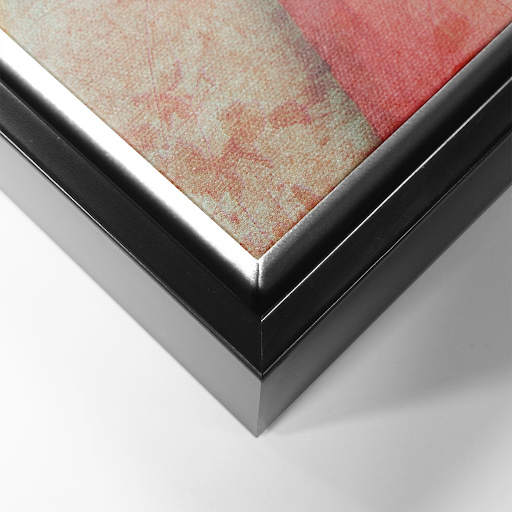
Traditional Stretched Canvas
All traditional stretched canvases are produced with the canvas stretched across the entire frame which is constructed from the highest quality full hardwood frames. They are also produced with wall bumpers that help to guard the walls against scratches. All canvas sizes below 16x20 come with a sawtooth hanger and any canvas size that is 16x20 or larger comes with a no-wire hanging system.
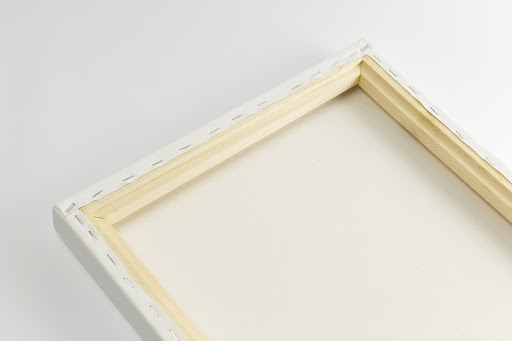
These canvases are hand stapled and unlike the canvas wraps, the sides of the traditional stretched canvas are image wrapped.
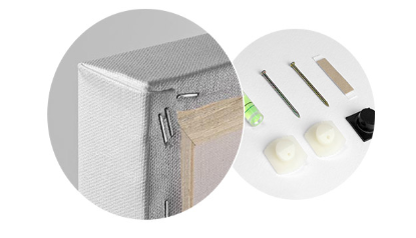
Traditional stretched canvases are available with three different wrap depths. Wrap depths are essentially the sides (thickness) of the sides of the canvas. The wrap depth options include the following:
- 0.75" Thin Wraps
- 1.5" Thick Wraps
- 2.5" Chuck Wraps
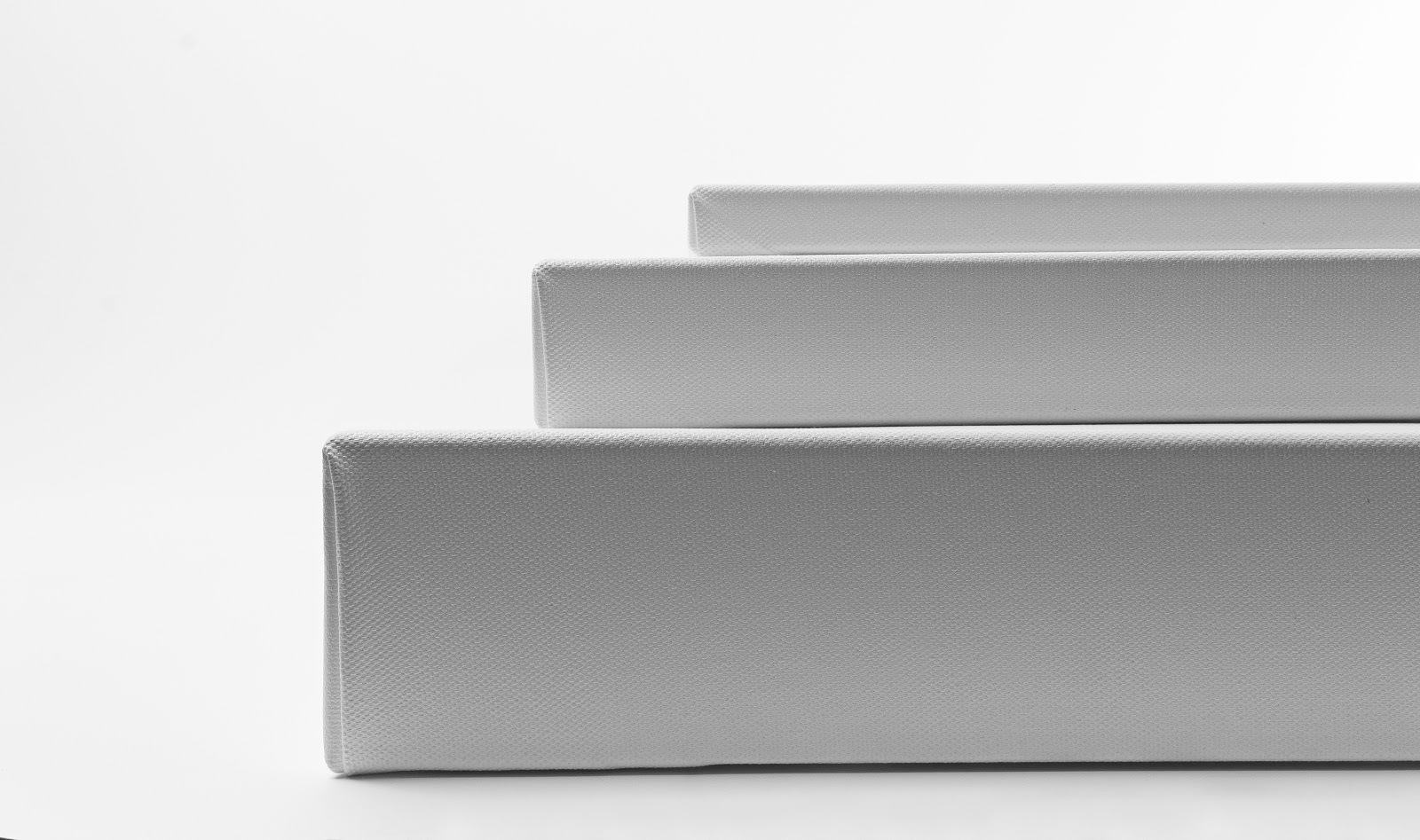
Frame Similarities and Differences
Canvas wraps and traditional stretched canvases are both available with a floating frame. The frames add approximately 3/4" on all sides, 3/8" for a gap between the canvas and the frame, and 3/8" for the outward-facing frame edge. The differences in the frames are the materials used for the frame themselves during production.
Canvas Wrap Frames
These are produced as recycled plastic frames making them extremely solid, durable, and lightweight while being environmentally friendly.
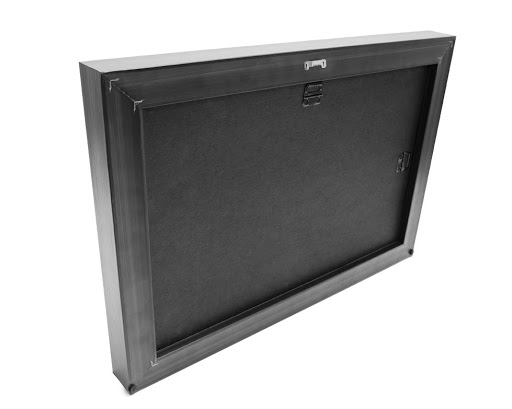
Traditional Stretched Canvas Frames
These are produced as solid wood frames that are painted either black, white, or walnut colored.
